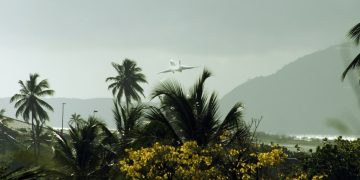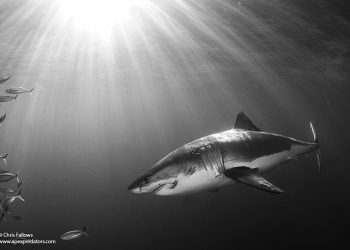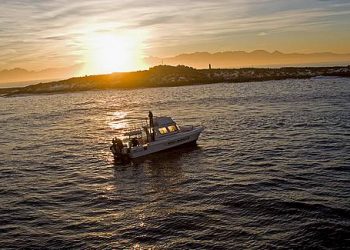Written by Chris Fallows
Let us celebrate the magnificent marine wildlife that can be found in False Bay.
This feature will highlight the mega predators of False Bay, their dependence on the bay and interconnectivity with other species within the bay. We will also talk about seasonality, the Bay’s unique aspects and any human impact facing these animals within the Bay.
In 1488, Bartholomew Dias named the Cape Point Peninsula “Cabo Tormenentoso” or the “Cape of Storms”. In 1580, Sir Frances Drake described the Cape as: “The most stately thing and the fairest Cape we saw in the whole circumference of the earth.”

Indeed whatever the feeling, the spectacular entrance of Cape Point to False Bay’s western peninsula elicited an emotional response from all that sailed past its shores. What many an early sailor did not comment on was the fact that False Bay is home to some of the world’s most famous marine predators and has abundance and diversity of wildlife that is seldom matched anywhere.
READ MORE: Whale Watching Cape Town
Today several centuries later False Bay’s waves wash the shores that are home to 3,5 million Cape Town residents, yet despite this massive human presence this bay amazingly still boasts a treasure trove of apex predators and prey.
To understand what makes this bay attractive to so many of the world’s greatest marine predators it is important to understand the uniqueness of the False Bay’s environment.
With a water temperature range of 12-23C the bay attracts predominantly temperate water species but does at the high end also attract subtropical species and at the low end attract cold water species, a situation mirrored in only a few locations globally. The most comparable area being the coast off central California.
Starting from the bottom up, False Bay is home to 7 endemic species of anemone. A family with a cosmopolitan diet from plankton and crustaceans to small fish demonstrating just how diverse the prey base must be to support these unique creatures. Over 200 species of seaweeds have been recorded in False Bay alone. The seaweed richness in False Bay is attributed to the variety of habitats in the bay and the bio geographic position of the bay, as an overlap region between the seaweed floras of the warm-temperate Agulhas region and the cool-temperate Benguela region. Amongst many oddities, the bay’s reefs are also home to the Double Sash Butterfly fish, the only butterfly fish to occur in both the Indian and Atlantic Ocean. Many other species found in False Bay are at the end of their ranges and False Bay therefore is the last place that these species can be seen. Examples of these include the Dusky Shark, Smooth Hammerhead, and Ragged Tooth sharks although on rare occasions under the right conditions these species do venture onto the peninsulas western seaboard. The list of unique marine attributes goes on, suffice to say that above the water the situation is no different with Cape Point’s Cape of Good Hope Nature Reserve being the smallest but richest of the world’s six floral kingdoms, comprising a startling 1 100 species of indigenous plants. You are literally bombarded with an unbelievable profusion of life no matter where you look be it above or below the water.
It is no surprise then that with all this diversity and density that this bay is home to an impressive array of predators, both big and small.
You might also be interested in: How To Make Dreams Come True




























Discussion about this post